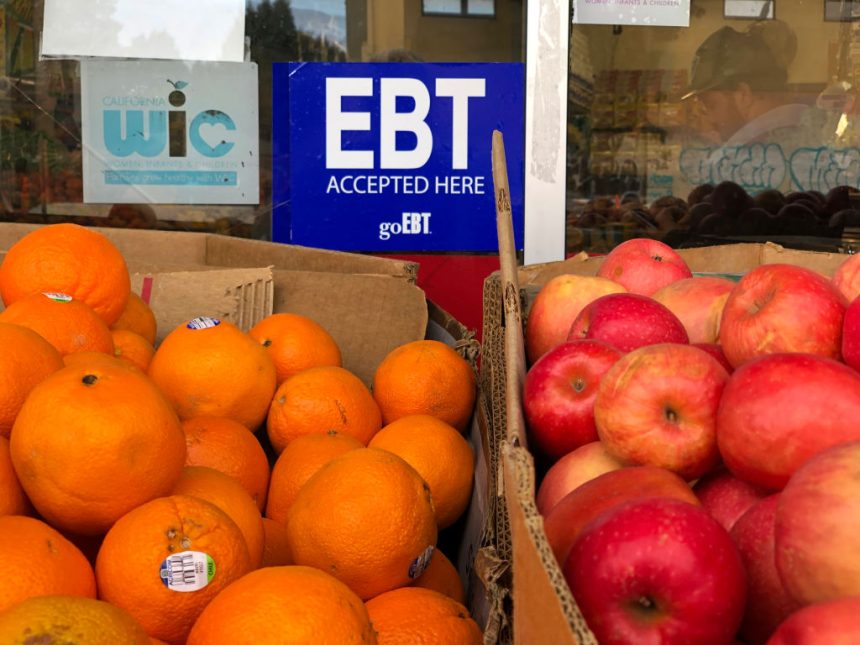Trump administration cuts to the Supplemental Nutrition Assistance Program could cost Tennessee taxpayers more than $100 million (Photo: Justin Sullivan/Getty Images)
Looming cuts to the Supplemental Nutritional Assistance Program, or SNAP, could place Tennessee taxpayers on the hook for more than $110 annually as the federal government shifts a portion of the financial burden for the food assistance program to states.
The hefty price tag, highlighted in a newly released report by the Tennessee Commission on Children and Youth, comes after two consecutive years of corporate tax breaks have squeezed revenues — and as state leaders head into fall budget planning for the next fiscal year.
The federal overhaul is also occurring as hunger levels remain high in Tennessee. More than 700,000 Tennesseans — or one in every 10 state residents – rely on the SNAP program to put food on the table. But a larger portion of the population, more than 1.1 million people in Tennessee, experience hunger, a third of them children, according to Feeding America.
“These are the deepest cuts to SNAP we have ever seen to the program. It will make it harder for Tennesseans to make ends meet, and that hurts our communities and our economy.” said Signe Anderson, senior director of nutrition advocacy for the Tennessee Justice Center.
SNAP provides monthly assistance to people below the poverty line in the form of loaded debit cards to use at the grocery store. The average family on SNAP in Tennessee receives about $340 per month.
Until now the federal government has paid half of the $128 million in administrative costs Tennessee incurs to run the program and picked up the tab for the entire $800 million in cash benefits, according to 2023 data published by the U.S. Department of Agriculture.
Under the new Trump administration law, states starting in 2026 will have to pick up 75% of the administrative costs and an escalating percentage of the cash benefit beginning in 2027 — an amount tied to state error rates in processing applications. Paying out too much or too little in SNAP benefits is an error.
Tennessee, which had an error rate of just under 10% in the last fiscal year, could be responsible for 10% of the $800 million in cash assistance.
An analysis by the Tennessee Commission on Children and Youth estimated the cost to the state to preserve benefits only for children could require an additional $110 million in state revenue.
States are required to provide SNAP benefits to anyone who qualifies and the federal government sets the benefit amount, limiting the ability of states to rejigger the program. States squeezed by their new cost-sharing responsibilities could opt to end SNAP benefits entirely, Anderson said.
The state has released no comprehensive analysis of the impact of SNAP changes to Tennessee and the final outlook is complicated by other cuts to the program mandated by the Trump administration.
The new federal law requires states to exclude refugees, asylum seekers and immigrant crime victims from receiving benefits, a number that food advocates said is relatively small in Tennessee.
The law also expands work requirements. The majority of SNAP recipients in Tennessee are already required to work, receive training or attend school until they are 54 years old, but will now have to work until age 64 to receive SNAP — a change that is expected to disqualify many older recipients. Another shift in work requirements will require parents of children 14 and older to work or go to school; previously the requirement was for parents with kids 16 and up.
Danielle Cotton, a spokesperson for the Department of Human Services, said her agency is currently examining the impact of the federal law and expects to release new details during budget hearings in November.
“We look forward to sharing the specific information with the public at the Department’s public budget hearing with Governor Lee, Commissioner Bryson, Director Thurman, and Chief Gibson,” she said.









